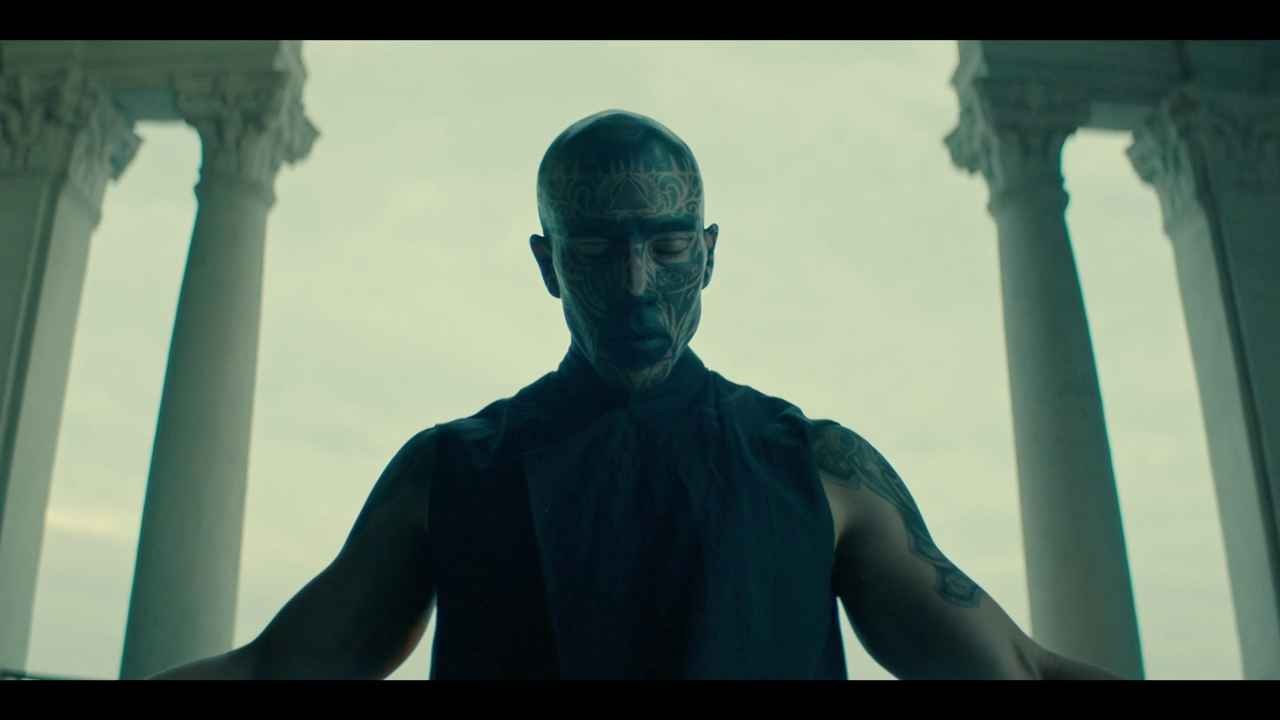

Perhaps the show will delve into Langdon’s character more in future episodes, and I hope it does. It’s just that the version of Langdon he’s playing is devoid of any real charm. He’s doing a great job – as is the entire cast. This isn’t a critique of Zukerman’s performance or anything. It seems, perhaps, that all of the character’s charm in the movies might solely be because of Tom Hanks’ inherent likeability overshadowing the character’s inherent dislikeability. He’s pretty awful to everyone he knows, and that doesn’t seem to change at all over the three episodes. Zukerman’s Langdon, unfortunately, is afforded none of this development. But if the show leans into the ambiguity of where her allegiances lie, there could be a lot of fun to be had. Both characters are fairly one-dimensional, but they’re likable and it feels like they’ve both got a lot of room to develop into fuller characters. Curry’s Katherine and Gonzalez’s Nunez fare the best here. However, this expanded runtime does allow for a little bit more character exploration than you might find in the Langdon movies – particularly for the supporting characters. It’s hard to be invested when you can’t quite follow how the characters are figuring out each piece of the puzzle. And while all of this exposition does help the plot make some semblance of sense, it’s done in the clunkiest way possible. Usually, Langdon explains the intricacies of whatever puzzle/code/arcane artifact being examined to Katherine and/or Nunez – and, by association, the audience. The show spends a lot of its expanded runtime on exposition.

The Langdon movies had this problem, and the show doesn’t entirely escape it either. This kind of symbology and codebreaking always goes over my head. A Meandering MysteryĪnd speaking of the mystery, unless you’ve got the skills of Robert Langdon, I’m not sure how any viewer would go about solving this mystery. With seven episodes left, there’s room to find a better balance, though, and I hope that’s what happens. Cutting away from the central story to check in on him tends to completely derail each episode’s pacing. In part, this can be blamed on each episode having at least one subplot too many – unfortunately, Peter’s subplot feels the most expendable at all times. Unfortunately, The Lost Symbol tends to land in the latter’s camp – especially in episodes 2 and 3. The problem with mysteries like this is that you either blow through all of the ideas too quickly or you spend too much time chasing down red herrings, and the whole thing feels a bit muddy. While the first episode ends up being a pretty energetic beginning, filled with Indiana Jones-style artifact hunting scenes and plenty of mysterious foreshadowing, the second two episodes end up feeling like they’re treading water. And their journey hits all of the requisite notes you’d expect from a Robert Langdon story. (It’s all very vaguely explained and you just kind of have to go with it.) Joining Langdon are CIA agent Sato (Sumalee Montano), Capitol policeman Nunez (Rick Gonzalez), and Katherine Solomon (Valorie Curry), Peter’s daughter. To rescue Peter, Langdon needs to find some kind of portal. The kidnapper, known only as Mal’akh (Beau Knapp), tasks Langdon with following a bunch of obtuse clues that ultimately explore the hidden secrets of the Freemasons. Only instead of a conference, he learns that his mentor, Peter Solomon (Eddie Izzard), has been kidnapped. Symbology professor Robert Langdon (Ashley Zukerman) arrives in DC for a conference.

Of the three episodes provided to critics, the first episode is probably the strongest.


 0 kommentar(er)
0 kommentar(er)
